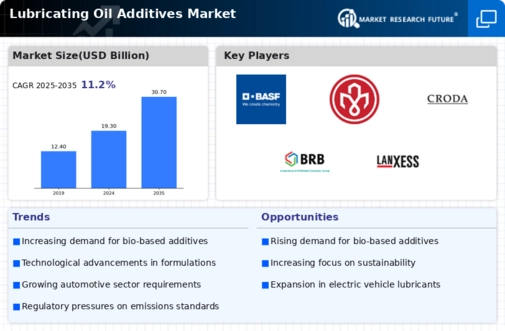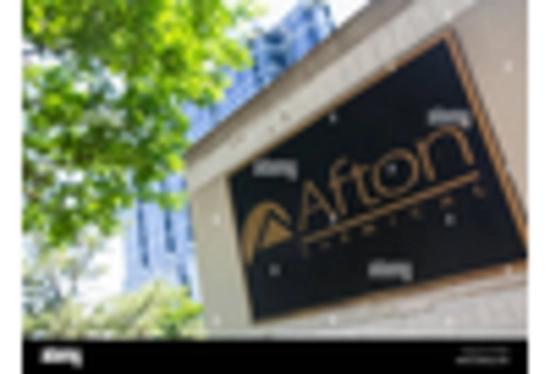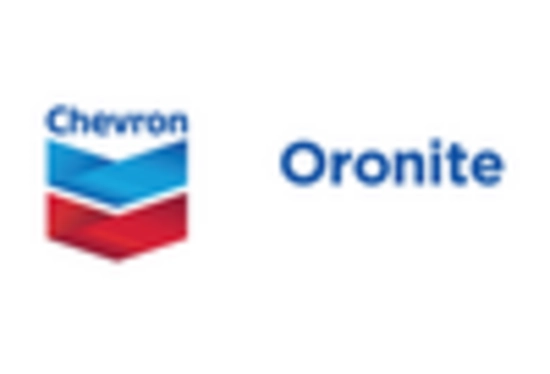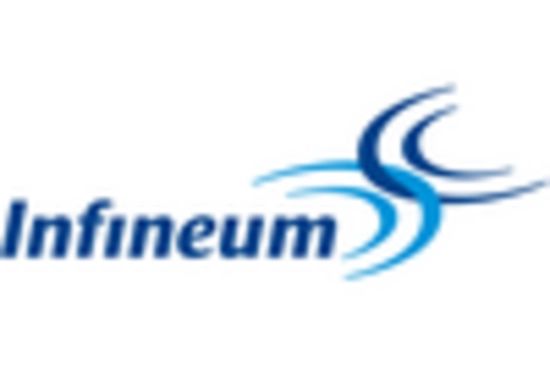Market Trends
Key Emerging Trends in the Lubricating Oil Additives Market
The lubricating oil additives market is dynamic, driven by several key trends that shape its trajectory. As industries increasingly prioritize efficiency and sustainability, this market has witnessed a significant shift towards environmentally friendly additives. Manufacturers are focusing on developing additives that enhance lubricant performance while reducing environmental impact. Bio-based additives, derived from renewable sources, have gained traction due to their eco-friendly nature and compatibility with stringent environmental regulations. This trend aligns with the growing global emphasis on sustainability across various industries.
Moreover, the demand for high-performance lubricants in automotive applications has been a major catalyst in shaping market trends. With the automotive industry evolving towards electric vehicles (EVs) and hybrid cars, lubricating oil additives are undergoing innovations to meet the unique requirements of these new technologies. Additives tailored for EVs aim to address issues such as thermal management and wear protection, crucial for the efficiency and longevity of these vehicles.
Additionally, the rising need for fuel-efficient solutions has fueled the development of additives that reduce friction and improve fuel economy. Additives that minimize energy loss due to friction have garnered substantial attention, particularly in the transportation and manufacturing sectors. As companies strive to optimize operational costs and comply with stringent fuel efficiency standards, the demand for such additives continues to grow.
Furthermore, advancements in nanotechnology have opened new avenues for lubricating oil additives. Nanoparticle-based additives offer enhanced lubrication properties, improved wear protection, and better thermal stability compared to traditional additives. The utilization of nanomaterials allows for precise engineering of additives, enabling them to perform exceptionally in extreme conditions and demanding applications across various industries.
Another notable trend is the increasing focus on additive packages that cater to specific industry requirements. Different sectors, such as aerospace, marine, and industrial machinery, have distinct lubrication needs. Additive manufacturers are customizing formulations to address these specific demands, ensuring optimal performance and extended equipment lifespan.
The market trends also reflect a growing preference for multifunctional additives that offer multiple benefits in a single product. Additives combining properties like anti-wear, antioxidant, and viscosity improvement are gaining popularity due to their efficiency in simplifying lubricant formulations and reducing overall costs.
Moreover, the COVID-19 pandemic has impacted market dynamics, influencing supply chains and driving manufacturers to reevaluate their strategies. The shift towards remote working and changes in consumer behavior have affected the demand for lubricants, prompting companies to innovate and adapt to evolving market conditions.

















Leave a Comment